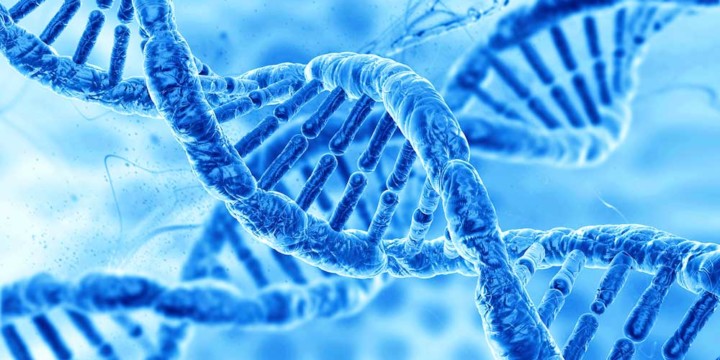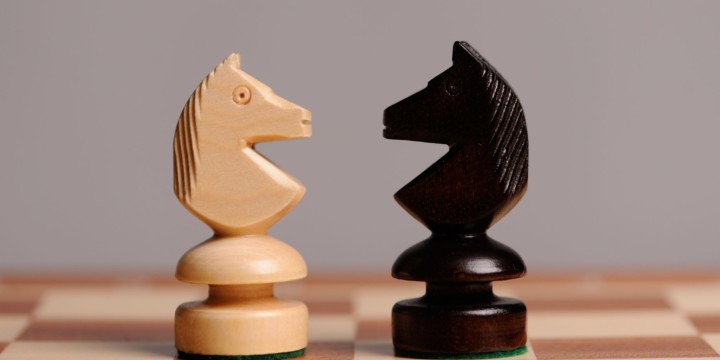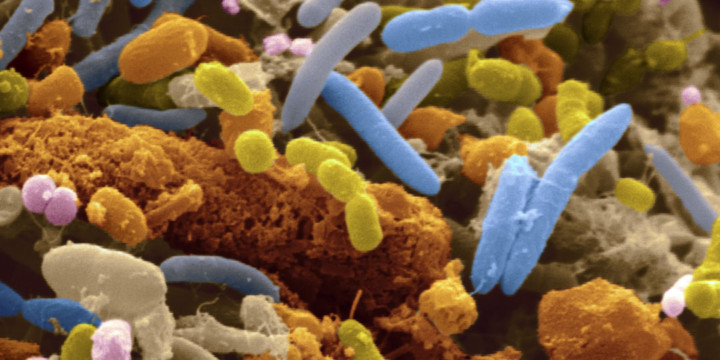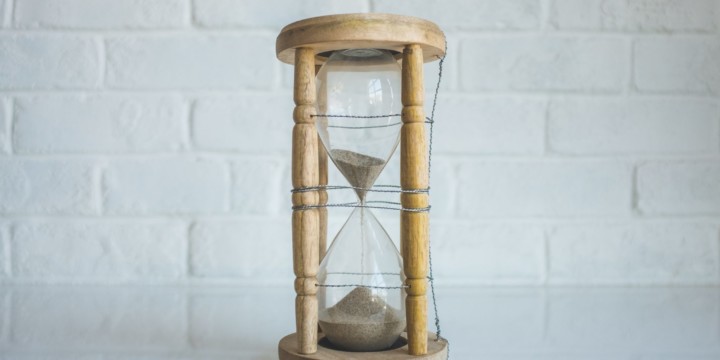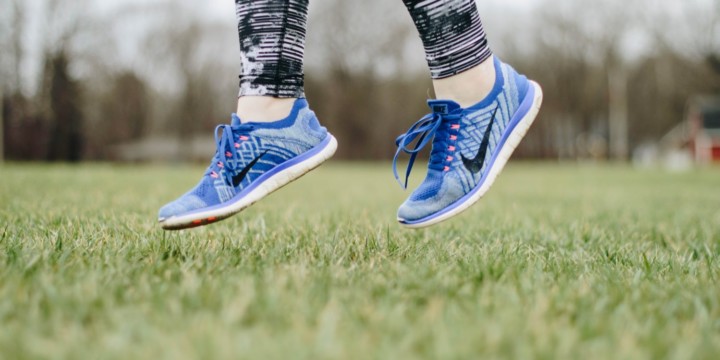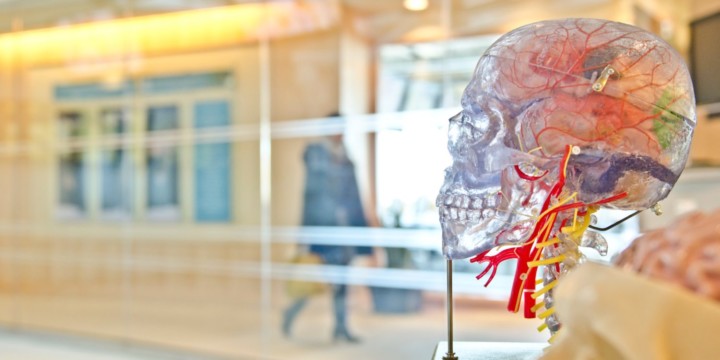Physiology of Uterine Fibroids
Fibroids are the most frequently seen tumors of the female reproductive system .they usually develop from the muscle (smooth muscle) or the connective tissue that is present in the uterus. It is estimated that between 20 to 50 percent of women of reproductive age have fibroids, although not all are diagnosed and most of it is benign. The size of the fibroid may range from a seedling usually undetectable unless symptomatic to a bulky mass that can distort and enlarge the uterus. There can be single or multiple fibroids of varying shapes and size, the growth pattern can vary as well. Fibroids usually don’t interfere with getting pregnant but in some cases could cause infertility, pregnancy loss, and growth restriction of the fetus, early labor, complicated delivery and postpartum hemorrhage.
Causes
- Heredity: there is an increased chance of developing fibroids if your blood relatives suffered the same.
- Hormones: early menarche and late menopause are two of the important causes for the development of uterine fibroid, due to prolonged exposure to estrogen and progesterone. These two hormones stimulate the development of the uterine lining during each menstrual cycle in preparation for pregnancy.
- Race: Black women are more likely to have fibroids than women of other racial groups.
Symptoms
- Prolonged duration of each menstrual cycle
- Increased menstrual bleeding
- Abnormal bleeding between menstrual periods
- Pelvic pain and frequent urination ( as the tumor presses on pelvic organs)
- Low back pain
- Pain during intercourse
- Fatigue caused due to anemia, which is caused due to excess blood loss during each menstrual cycle
Treatment in Allopathy
Fibroids are diagnosed if symptomatic or an incidental finding most often found during a routine pelvic examination.
Physical examination can be followed by investigations to know the number, extent, and size of the fibroid in order to plan the treatment approach.
USG (ultrasonography) is the first diagnostic tool used in case of suspected fibroids.
MRI (magnetic resonance imaging) is a noninvasive tool to get a better picture of the same.
Endometrial Biopsy usually was done along with hysteroscopy (visualizing the interior of the uterus through the cervical opening) to know the nature of the fibroid (cancerous or noncancerous)
Routine blood investigations to rule out anemia caused due to excessive blood loss during the menstrual cycle.
Usually, small asymptomatic fibroids do not demand any treatment just a watchful waiting is suggested,
Symptomatic small fibroid in women approaching menopause is also advised watchful wait as the fibroids stop growing or tent to shrink
Intervention is offered to young individuals with symptoms
In general, treatment for fibroids may include:
- Anti-inflammatory drugs, basically painkillers to alleviate pain and discomfort
- Anti-hormonal agents such as progesterone that corrects the estrogen dominance are useful in suppressing the growth of fibroids.
- GnRH agonist (gonadotropin-releasing hormone agonist) decreases the levels of estrogen helping in reducing the size of the fibroid, reducing its vascularise and making surgical treatment easier.
- Conservative surgical therapy, myomectomy, in which only the fibroid is removed leaving the uterus intact, this is the treatment of choice in younger individuals.
- Hysterectomies involve the surgical removal of the entire uterus along with the fibroid, usually performed in older an older individual who has completed her family.
Ayurveda and Uterine Fibroid
According to Ayurveda, fibroids are growth in mamsa dhatu of the uterus (growth in the muscular and connective tissue of uterus). It is a kapha dominant disorder. Other two doshas such as pitta and vata are also involved but to a lesser degree. Fibroid often manifests itself as excessive bleeding and hence this should be treated as ‘Yonivyapad‘ (a group of disorders related to the female reproductive system). Therefore, treatment must be deep-acting to balance the tri-dosha and must be sufficiently sustained over time to eradicated slow-moving kapha.
Treatment of Uterine Fibroid in Ayurveda
The fibroids can be treated by diet modifications, lifestyle changes, Yoga, Ayurvedic medicine, and panchakarma.
Panchakarma
Panchakarma is very effective in regulating hormones and correcting the pathology. Virechana (purgation) and Basti (enema) including Uttar basti and chakra basti while reducing the toxin burden on the body substantially increase the fertility rate. Drinking plenty of water cleanses the body clearing it of the toxins. Abhyanga (oil massages) and Shirodhara (stream of medicated oil on the forehead) are useful in balancing the hormones and calming the mind and body.
Diet
The first step is to increase the intake of kapha pacifying foods. As per Ayurvedic theory, this change in diet will reduce the toxin formation and accumulation. Along with that increase the proportion of Pitta pacifying food. This is helpful in balancing hormone changes and in arresting bleeding. Food and herbs with bitter, astringent and pungent qualities have drying and healing qualities. Dietary changes should reflect an increase in whole foods and fiber and a decrease in trans fats and alcohol consumption
Lifestyle changes
Change in lifestyle can reduce the worsening of symptoms due to uterine fibroid but per say is not the sole treatment of the same
Lifestyle should be aimed to reduce kapha, one should be active before sunrise. The earlier the rising time, the quicker kapha can metabolize itself. Self-massage with a minimal quantity of oil such as sunflower oil can helps to invigorate the body. Exercise, beginning gradually and becoming more vigorous over a few months is advocated.
Ayurvedic herbs for uterine fibroid
Single herbs such as Ashoka, Guggul, Aloe Vera Kanchanara, Varuna, and medicated ghee are very effective in arresting bleeding, reducing pain, and discomfort and in preventing further growth of a tumor. These herbs individually or in combination can be taken in an appropriate vehicle such as milk, ghee or honey. Plants like Kumari, Shud Guggulu, Neem, Ashok, Manjistha are useful, Various preparations such as churnas, asavas, arishtas, decoctions, etc. can be chosen.
Warm castor oil packs applied to the lower abdomen will help to ‘melt’ the fibroids and retract the kapha
Massages, cold-Pressed castor oil daily massage on the lower abdomen around navel area in a circular motion is also helpful
Yoga and Pranayama
Poses such as the Cobra, Bow, Boat, Mahamudra and Gentle Spinal Twists are helpful. Postures that focus on the cardiopulmonary chakra, such as Cow (bitilasana), Lion(simhasana) and Child (balasana) poses help to remove the psycho-emotional root causes of uterine fibroids in the heart.
Also, all the asanas that help to open up the pelvic region and increase circulation in the uterus area are good for treating uterine fibroids. Some of the asanas are butterfly asana, rock the baby pose (balasana), Janushirasana (head to knee pose), Shalaba Setu Bandhasana (bridge pose), Sarvangasana (shoulder stand), konasana (supine bound angle pose), Supta Virasana (or supine hero pose).
Surya Namaskar or Sun salutations bring positive energy to all chakras and may be useful if Pitta is not elevated. These postures are best learned from an experienced yoga teacher.
Also, practice Kapalbhati, Anulom-Vilom, Bhramari and Ujjayi Pranayama for balancing the hormones and calming the mind.
Naturopathy and Uterine Fibroid
In naturopathy, fundamental disturbances in the flow of blood and energy predispose many women to menstrual irregularity, premenstrual symptoms, heavy bleeding and painful periods. Naturopath basically deals with identifying and addressing the underlying factors in the lifestyle contributing to the development of uterine fibroid, reducing pain and prevention of its reoccurrence
Treatment of Uterine Fibroid in Naturopathy
Nutritional counseling
- Diet – low fat, whole food, mostly vegetarian diet and estrogen free. Choose an alkaline diet such as fresh fruit and vegetables, oily fish, green leafy vegetables, and grains (millet, brown rice, buckwheat)
- Increase ‘alive’ growing foods like wheatgrass, barley grass, spirulina, sprouts and soaked grains and seeds into your diet
- Eating more foods such as berries, grapes, green tea, fish, grains, and sprouts will provide more antioxidants to the diet as well as help to alkalize the body’s system
- Reduce foods which contribute to lymphatic congestion such as dairy, wheat, sugar, preserved and processed foods, alcohol, tea and coffee and reduce smoking.
- Decrease the consumption of inflammatory/ mucus forming foods such as red meats, dairy, wheat, and sugar
- Vegetable juices rather than fruit juices to cleanse the lymphatic system and encourage liver detoxification
- Increase the amount of water intake in the form of herbal teas and filtered water
- Avoid all animals meats and products
- Avoid all soy products (soy milk, tofu)
Naturopathic Treatments
- Acupuncture to reinvigorate stagnant chi to the pelvic and reproductive area
- Consider doing a liver detoxification program to remove excess androgens
- Hydrotherapy and hydromassage can help blood flow, providing a soothing and calming effect
Botanical Medicines
Vitex Agnus Castus is a traditional herb used to support the role of hormones in female reproductive health this herb nourishes and invigorates the blood and Qi, which in turn balances the menstrual cycle and reduces symptoms. Vitex may help to balance estrogen and progesterone levels to address hormonal imbalances and reduce symptoms of premenstrual tension. Other herbs which are used to improve reproductive function are paeony, vitex, false unicorn root, bupleurum and Evening Primrose oil.
Increase in vitamin B, C and bioflavonoid are advised to ensure an adequate amount of antioxidants in order to regularise the menstrual cycle, reduce the excessive amount of androgens from the adrenal gland and helps in reducing the size of the fibroid.

